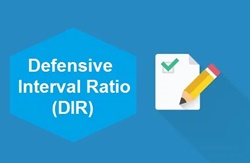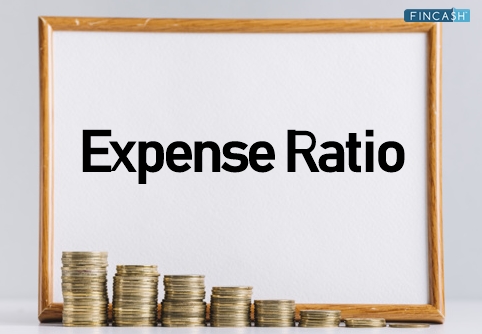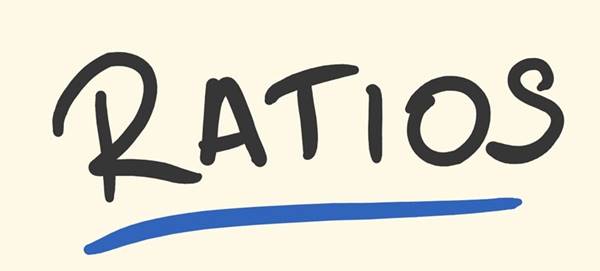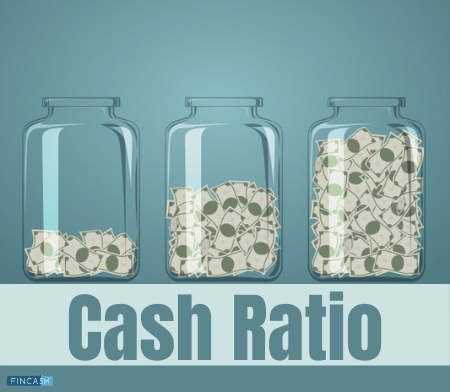What is Defensive Interval Ratio (DIR)?
Defensive Interval Ratio is expressed in the number of days in which the company can work without using the non-current assets or other outer financial resources.

DIR is calculated by dividing the company's total current assets with the daily operational expenses. It is a variation of quick ratio and using it, the company and its stakeholders know for how many days liquid assets can be used for clearing all its bills.
As an investor, you must check the company's defensive interval ratio for a more extended period. If the DIR increases rapidly, it means that the company can generate more liquid assets to pay for daily activities. However, if the ratio gradually decreases, it means the company's buffer of liquid assets is also decreasing.
Calculating Defensive Interval Ratio
For calculating the DIR, aggregate the cash amount, receivable trade accounts, and marketable securities and then divide the result by the average daily expenditures. Additionally, only keep the receivable trade accounts in the numerator as the other Receivables (like that from the company's officers) might not be collected regularly.
Here is the defensive interval ratio formula example:
Defensive Interval Ratio: (Cash + receivable trade accounts + marketable securities) / average daily expenditures
Let’s assume a company has Rs. 100,000 cash in hand, Rs. 50,000 in accounts receivables and Rs. 50,000 worth of marketable securities. Thus, it has Rs. 200,000 in defensive assets. If the daily operational expenses of the company are Rs. 5000, the DIR value will be:
200,000 / 5,000 = 40 days.
However, there are specific issues related to this calculation that must be considered while evaluating the results manually or through defensive interval ratio calculator, like:
- Inconsistency in Expenditures
The main issue is that there is no consistency in the average expenses that any business incurs daily. Because of the variable expenditure timings, the ratio does not provide an accurate view of exactly how long the company's assets will support the operations.
- Inconsistency in Receipts
Cash receipts are also equally uneven as the expenditures, and thus the cash amount available for actually paying the expenditures might not be adequate.
Talk to our investment specialist
Advantages of Defensive Interval Ratio
- DIR helps evaluate the company's financial health because it assures a real-world metric for the considered days. Like this, a company understands how long it can continue the business by meeting the regular operational expenses without any financial difficulty.
- Therefore, it is important to manage the business's financial health as it can manage the Balance Sheet before going for any unwanted debts.
- The defensive interval ratio is considered a helpful liquidity measure for examining the current ratio that does not provide any definitive indication of how long the business can financially function without encountering any significant issues.
All efforts have been made to ensure the information provided here is accurate. However, no guarantees are made regarding correctness of data. Please verify with scheme information document before making any investment.












